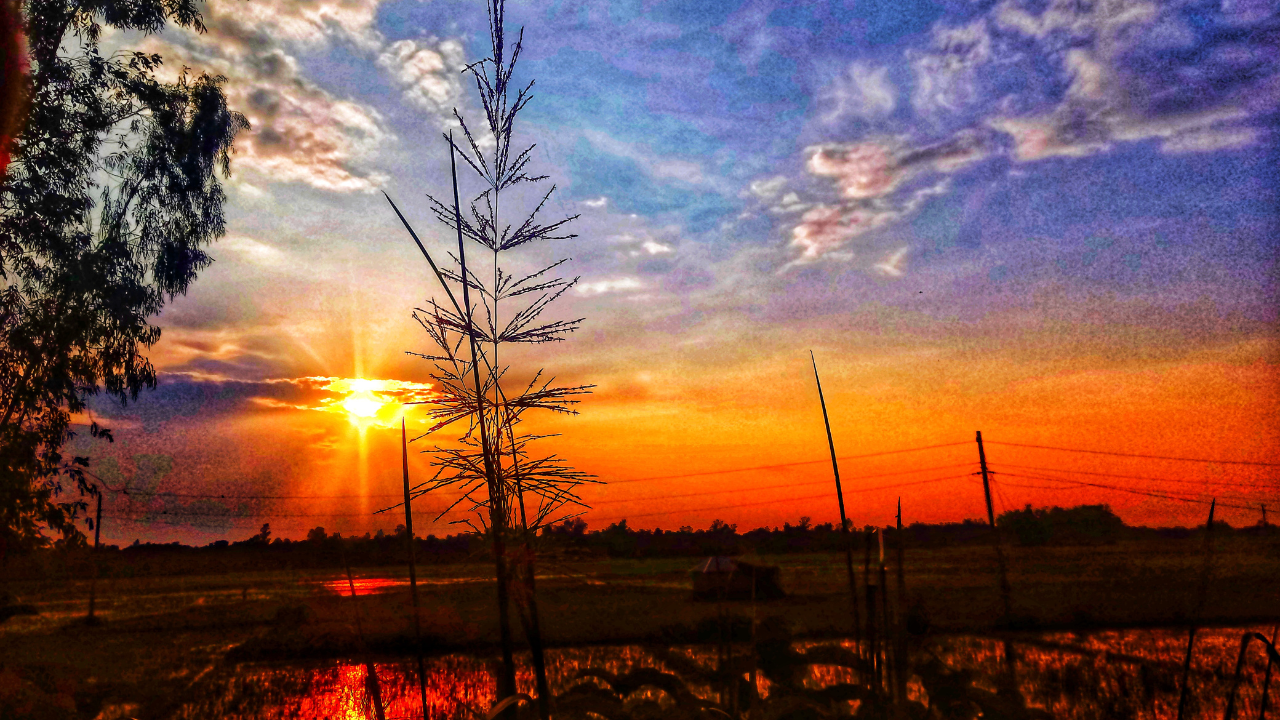Nepal offers a variety of trekking experiences throughout the year, but the best trekking season largely depends on the region and the type of trek you’re planning. Generally, the two primary trekking seasons in Nepal are the autumn season (September to November) and the spring season (March to May). Here’s a breakdown of the best trekking season in Nepal based on different factors:
Autumn Season (September to November):
- Weather: Autumn is widely considered the best time for trekking in Nepal. The weather is generally stable and clear, with mild temperatures during the day and cool nights. The skies are usually clear, offering stunning views of the Himalayan peaks.
- Visibility: Excellent visibility makes autumn ideal for trekking, as you can enjoy panoramic views of the mountains and surrounding landscapes.
- Crowds: This is the peak trekking season in Nepal, attracting a large number of trekkers. Popular trekking routes like the Annapurna Circuit, Everest Base Camp, and Langtang Valley can be quite busy during this time.
- Festivals: Autumn coincides with major Hindu festivals like Dashain and Tihar, adding cultural richness to the trekking experience.
Spring Season (March to May):
- Weather: Spring is another excellent season for trekking in Nepal. The temperatures begin to warm up, and the rhododendrons and other wildflowers start blooming, adding vibrant colors to the landscapes.
- Visibility: Clear skies and good visibility provide excellent mountain views, although it can be hazier than in autumn due to pre-monsoon conditions.
- Less Crowded: While still popular, spring is generally less crowded compared to autumn, making it a good choice for those who prefer quieter trails.
- High Passes: Spring is ideal for trekking to high-altitude passes like Thorong La on the Annapurna Circuit, as the snow starts to melt and the passes become more accessible.
- Cultural Festivities: Spring is also a festive season in Nepal, with celebrations like Holi (the festival of colors) adding cultural charm to the trekking experience.
Other Considerations:
- Monsoon Season (June to August): Not recommended for trekking in most regions due to heavy rainfall, leeches, and slippery trails. However, some rain-shadow areas like Upper Mustang and Dolpo can be trekked during this time.
- Winter Season (December to February): Cold temperatures and higher chances of snowfall make trekking more challenging, especially at higher altitudes. However, lower-altitude treks like the Everest Panorama Trek or the Ghorepani Poon Hill Trek can still be enjoyable.
Ultimately, the best trekking season in Nepal depends on your preferences, the region you plan to trek in, and the experience you’re seeking. For most trekkers, autumn and spring offer the optimal combination of favorable weather, stunning landscapes, and cultural experiences.

